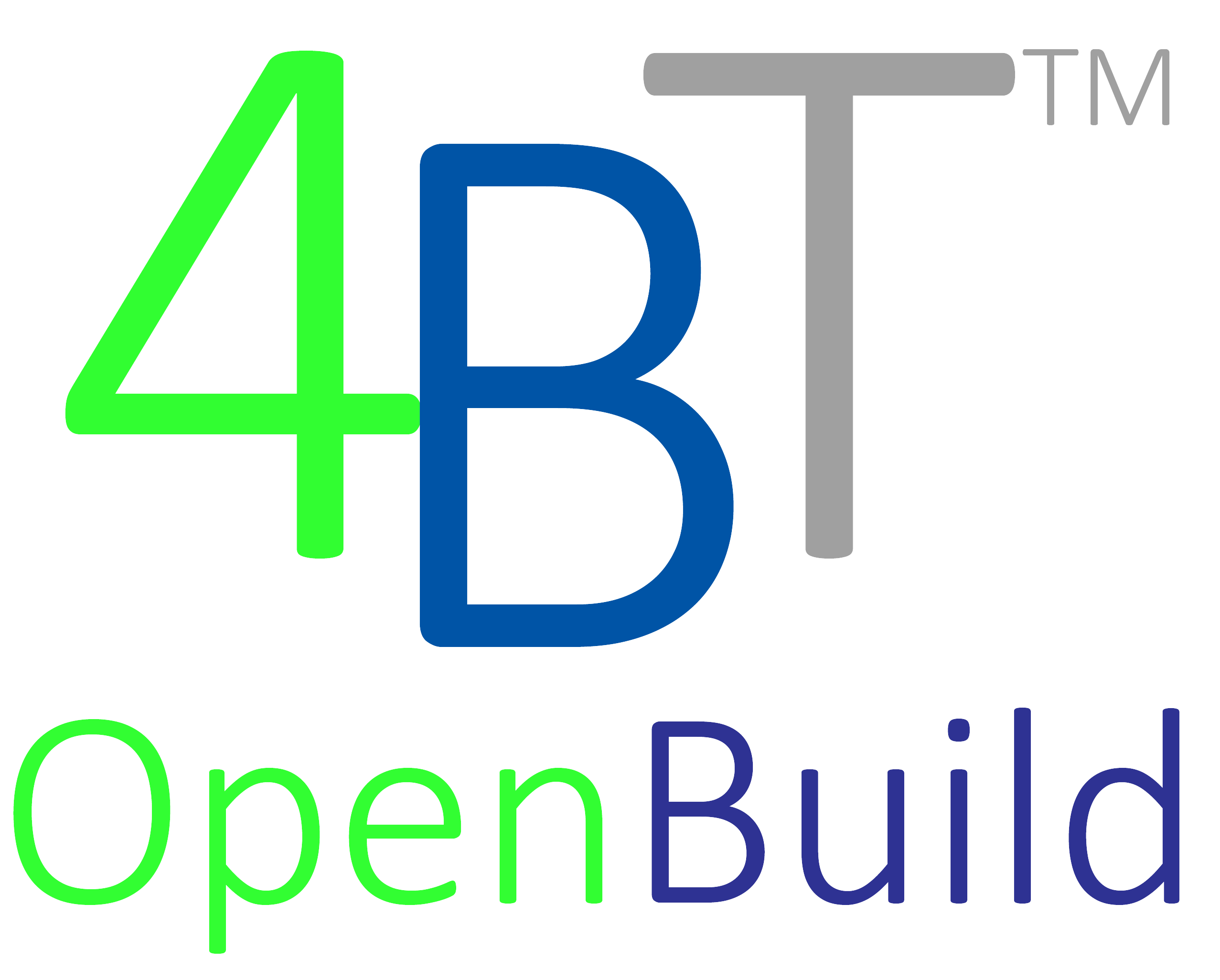A proven, systematic approach to resolving traditional construction planning, procurement, and project delivery problems.
4BT provides an experienced professional team that will assist with configuring, implementing, and supporting a best value JOC Program. Our team reports directly to the real property owner and is available to assist owners and awarded design builders throughout the JOC Program lifecycle.

- Measurable efficiency improvement with less resource waste
- Cost visibility and transparency
- Robust workflow development
- Continuous improvement
- Improved decision-making
- Environment supporting idea generation
- Higher customer satisfaction
- Greater internal and external team involvement
- Enabling technology development and implementation services
“Lookahead planning involves bringing all stakeholders together, creating sub-tasks from the milestone schedule, identifying and assigning responsibility to constraints and commitment from workers in removing these constraints.” (Ballard 2000).
Our team of experienced professionals and partners support you with technical and LEAN process expertise, so that you can maximize your investment in physical assets, including the reduction of deferred maintenance. Our expertise – LEAN processes, locally researched cost data, total cost-of-ownership asset management, and collaborative technology – is based on decades of practical experience.
JOC Consulting
Fields of Competency
- Strategy development
- Process design and workflow development
- Project management, including audits, document creation and review, locally researched unit price book development
- Off-the-shelf (COTS) and custom cloud-based enterprise technology
Best Value Outcomes:
- Less waste via improved resource utilization and measurably productivity gains through needs-based information availability
- Pro-active responsiveness to situational requirements
- Comprehensive identification of opportunities and risks
- Sustainable increase in facilities repair, renovation, maintenance, and new construction project success.
4BT provides a full range of JOC Consulting services, tailored to meet your needs. JOC consulting services are available to real property owners and construction contractors.
Maximizing value is difficult when the selection processes and decision-making are not based on increased value, quality, ease of use/implementation..
In addition to that, the type of contract inhibits coordination, stifles cooperation
and innovation, and rewards individual contractors for reserving good ideas and
optimizing their performance at the expense of others – (Matthews and Howell, 2005).

Available JOC Consulting Support Services
- JOC Program Strategy
- JOC Program Request for Information – RFI – Development
- JOC Program Request for Proposal – RFP – Development
- JOC Program Monitoring/Audits
- Ongoing Consultative Services and Guidance
- Compliance Reviews (Informal and Formal)
- Document Development and Review
- Unit Price Book Development, including Updates and Review of NPP Line Items (Locally researched UP
- Formal JOC Estimate Compliance Review Per Audit (FCR)TM
- Informal JOC Estimate Compliance Review Per Audit (ICR)TM
- Technical Specifications Preparation and Integration
- Owner Estimates / Independent Government Estimates – IGE
- Workflow and Phase Development
- Multi-format and Multi-Level Training – On-site / Virtual / Regional, Introductory / Advanced / Topical
- Training Manuals, Operations Manuals, Execution Manuals
- Software Support – Customization, Multi-level, Multi-mode Support Programs (phone, email, on-line) including 24/7
- Contractor Qualification
- JOC Program, Contractor, and Internal Marketing
Sample JOC Workflow

OpenJOCTM LEAN JOB ORDER CONTRACTING SOLUTIONS

The OpenJOC approach drives maximum productivity by leveraging proven LEAN construction delivery processes.
- Process – Assure full compliance with fundamental core LEAN JOC methods and workflows, as well as State, Local, and EDGAR compliance. Fully transparent and verifiable.
- Information – A shared common data environment, CDE, using LOCALLY RESEARCHED detailed line-item construction cost data assures a mutual understanding of all project requirements. Industry standards terms and definitions, in plain English, are used with breakdowns for labor, material, and equipment costs (organized using CSI MasterFormat – 4BTis a license CSI MasterFormat provider). Line-item modifiers that account for varying work methods, locations, quantities, etc. are also included.
- Uses – On-demand renovation, repair, maintenance, sustainability projects and minor new construction are fully supported.
- People – Real property owners and approved construction contractors work within an atmosphere of collaboration, respect, and mutual benefit.
- Technology – The role of technology is one of enablement. Cloud technology provides a secure method for all participants to create, view, and share current actionable information. Communications, tasks, and documents are all maintained in a common digital environment.
- Assessment & Training – Key performance indicators, KPIs, and regular audits, as well as required ongoing training, assure proper JOC Program implementation, management, and continuous improvement.


BEST VALUE SOURCE SELECTION! – The criteria vary for each procurement. While price is certainly a consideration, key evaluation factors also include past performance, key personnel qualifications, operational methods, organization plans, scheduling methodology, and value engineering… among others.
Factors Assessed by a Construction Performance Audit
Contractor and subcontractor charges
Schedule, scope, and quality management
Project funding and plan alignment
Project controls, including contract administration and procurement
Compliance with regulatory requirements
Budgetary management and financial reporting
Program staffing gaps and redundancies
Master plan development and scope prioritization
Change-order controls
Project close-out
Communication among stakeholders
